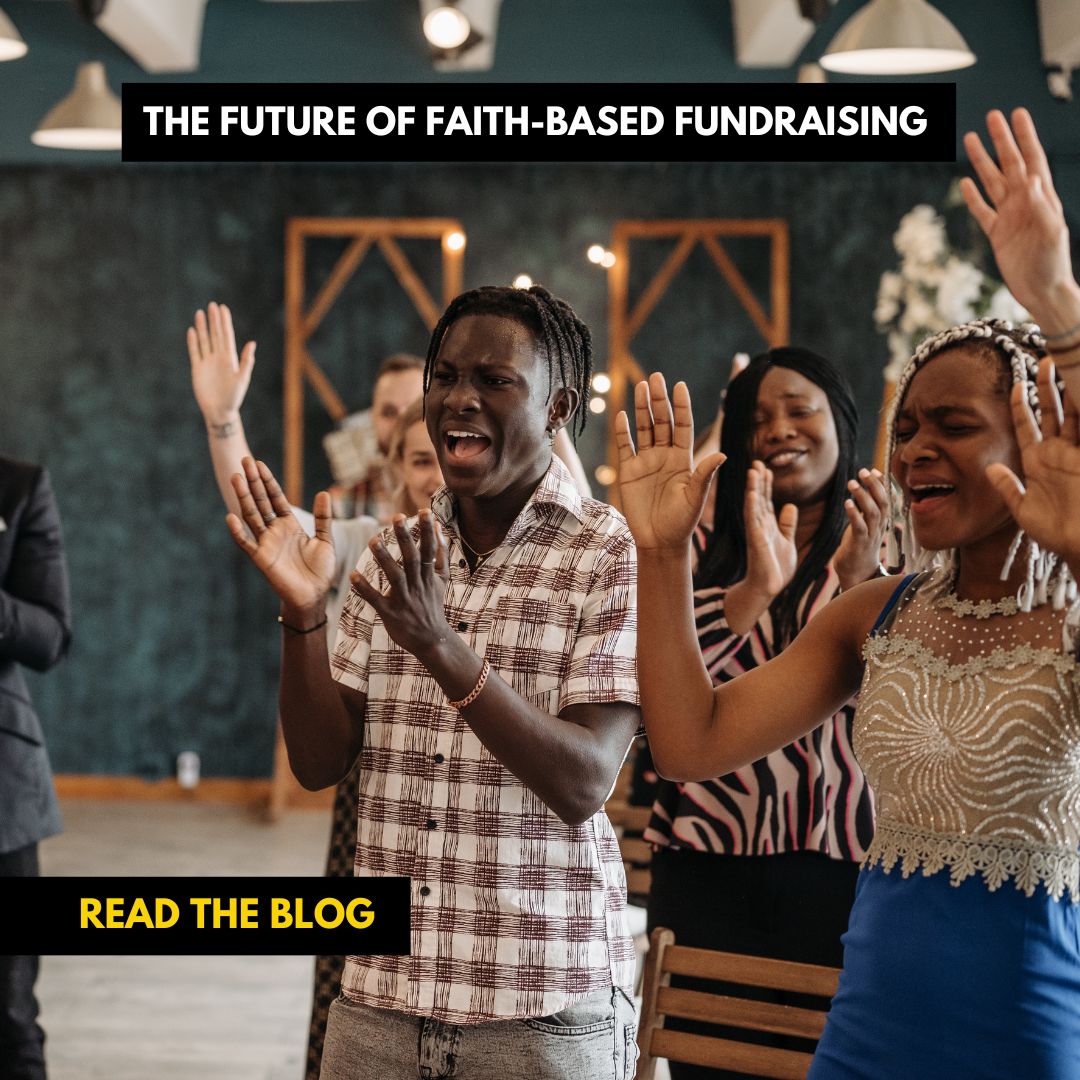
Faith-based organizations are at a critical juncture. The challenges are multifaceted, from declining donor trust to the erosion of traditional engagement avenues. Yet, amidst these challenges lie opportunities for innovation and adaptation.
By examining recent Faith-Based Giving Reports and understanding the dynamics of generosity across the nonprofit sector, there is an opportunity to embrace new strategies for donor engagement that can chart a path for organizations toward a future filled with impact and growth.
As we compare the challenges and opportunities found in the Givelify Giving in Faith 2024 Report to prevailing findings of faith-based philanthropy in the nonprofit sector presented by Classy’s Faith-Based Giving Trends we can begin to chart the path ahead.
Understanding the Landscape of Faith-Based Generosity:
Recent studies on charitable giving in the United States have raised concerns about declining generosity, while informal forms of giving are prevalent among people of faith.
The Giving in Faith 2024 Report, produced by Givelify in collaboration with the Lake Institute on Faith & Giving at Indiana University Lilly Family School of Philanthropy, offers a comprehensive exploration of faith-based giving in the U.S. by examining the perspectives of individual givers, faith leaders, and congregations.
The Giving in Faith 2024 Report highlights the deep-rooted connection between faith and philanthropy, showcasing how religious beliefs are powerful motivators for giving. Despite concerns about declining giving nationwide, faith-based individuals have exhibited remarkable generosity, contributing not only financially but also through their time and resources. The report also underscores the pivotal role of faith institutions in fostering community development and social impact, serving as beacons of hope in times of need.
Navigating Challenges and Seizing Opportunities
The landscape of faith-based fundraising has its challenges though. Declining church attendance, decreasing religious affiliation, and a loss of trust in religious organizations at a macro scale pose significant obstacles to fundraising efforts.
However, these challenges also present opportunities for innovation and adaptation. By understanding generational dynamics and crafting tailored experiences for donors we can overcome barriers to engagement and inspire a new wave of generosity.
The Current Sector Landscape
- Decline in Church Attendance: The number of church attendees has yet to fully recover from the lows of the pandemic, impacting the traditional avenues for engagement and donations.
- Decrease in Religious Affiliation: By 2020, only 47 percent of Americans belonged to a house of worship, indicating a decline in religious affiliation and potential donors.
- Erosion of Trust: Religious organizations are no longer the most trusted charities in the U.S., further exacerbating the challenges faced by faith-based nonprofits.
While these trends may seem daunting, they also present an opportunity for innovation and adaptation. As Mark Neigh, Vice President of Digital at Masterworks, puts it,
“Many people leave the church because they don’t see organized religion living out the core principles they believe in, like helping those in need.”
This sentiment underscores the importance of creating relevant and meaningful experiences for donors, particularly younger generations who are seeking authenticity and impact in their philanthropic endeavors.
Generational Dynamics:
Understanding the motivations and preferences of segmented generations is important to crafting effective engagement strategies. While younger generations may approach philanthropy differently from their predecessors, the underlying ethos of generosity remains consistent across generations. By leveraging digital platforms and storytelling techniques, faith-based organizations can create meaningful connections with donors and foster a sense of belonging to your cause.
Crafting Tailored Experiences:
Faith-based organizations must move beyond transactional interactions and focus on creating transformative experiences. Whether through community-building initiatives, compelling branding, or multichannel marketing strategies, there is an opportunity to cultivate deep, long-lasting relationships with donors. By aligning messaging and outreach efforts with the preferences of each generation, faith-based organizations can inspire continued support and loyalty.
Key Strategies for Success
- Community Building: Establishing a community is essential for retaining donors across generations. Faith-based organizations can leverage the power of faith and aligned values to build community, particularly by leveraging segmented messages, relevant storytelling, and strategic events to engage constituents, donors, and prospects by fostering peer-to-peer connections.
- Branding: Building a story-informed brand identity can instill trust and legitimacy among donors, particularly younger generations. Consistent messaging and related storytelling will strengthen connections and inspire involvement.
- Multichannel Campaigns: Embracing a multichannel approach will allow you to tailor a unified message that connects with constituents and potential donors across multiple engagement points and platforms. Using digital and traditional approaches with segmented audiences will ensure you are maximizing your potential and effectiveness.
Embracing Change for Growth:
Faith-based organizations can proactively adapt to the evolving fundraising landscape. By understanding donor motivations and preferences and by fostering meaningful connections and experiences, organizations can reverse downward giving trends and pave the way for sustainable growth and impact.
As we navigate the uncertainties of the future, one thing remains clear: the power of generosity and community transcends generations and challenges. By harnessing the power of storytelling, data intelligence, and community building, organizations can pivot their fundraising strategies to meet the evolving needs of donors.
While change is inevitable if we are purposed to listen, learn, and respond mindfully, the path forward can be hope-filled for your organization as we continuously learn what inspires and motivates donors to give.
Read more about the Power of Listening in Fundraising
With Gratitude,
Patrick

Leave a Comment